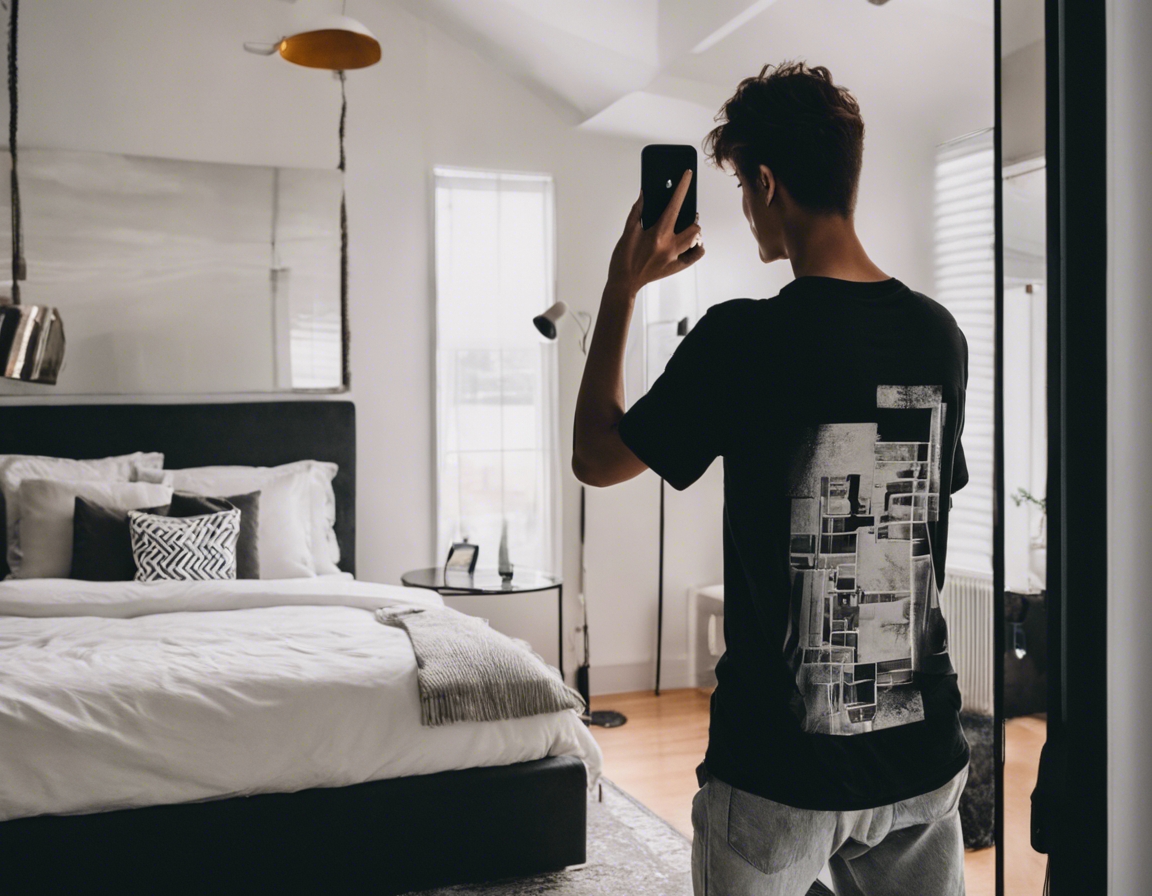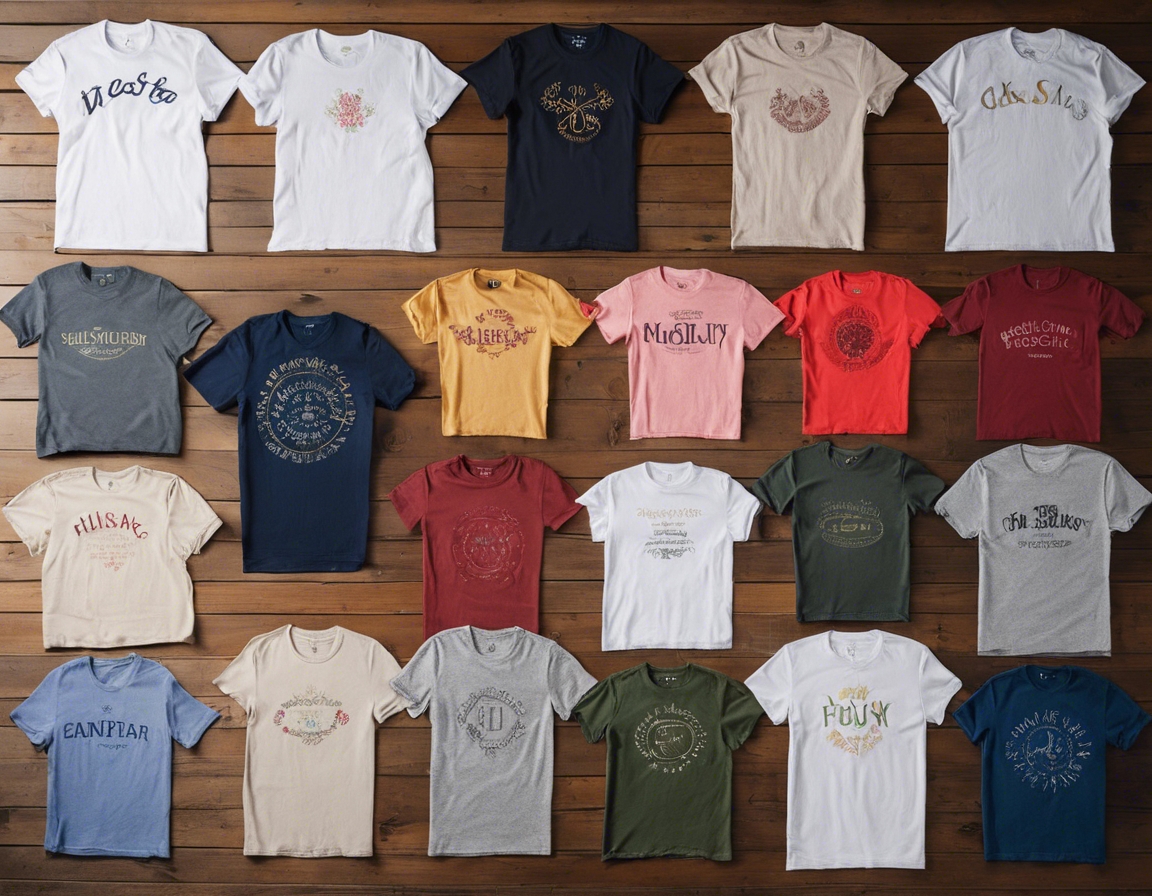The rise of personalized fashion in the digital age
Personal style has always been a form of self-expression, evolving through the decades to reflect cultural shifts and individual tastes. From the bespoke tailoring of the past to the mass-produced trends of the 20th century, fashion has continually adapted to meet the desires of consumers.
Personalized fashion represents a return to individuality in clothing and accessories. It's about creating pieces that are tailored to the preferences, body shapes, and styles of the wearer, often through the use of technology and innovative design processes.
The Digital Age: A Catalyst for Customization
The advent of digital technology has revolutionized the way we approach fashion. With advanced software and manufacturing techniques, brands can now offer customized products at a scale previously unimaginable.
Online platforms have become the primary space for personalized fashion to thrive. They offer consumers the tools to design their own products, often with real-time visualizations of the final product.
The Benefits of Personalized Fashion
Personalized fashion allows individuals to express their unique identity through their wardrobe choices, setting them apart from the homogenized looks of fast fashion.
Custom-made pieces often result in higher quality and longer-lasting products, contributing to a more sustainable fashion industry by reducing waste and overproduction.
Personalized Fashion and the Consumer
Millennials and Gen Z are at the forefront of the personalized fashion movement. Their desire for unique items and experiences has pushed brands to offer more customized options.
Social media platforms have not only influenced trends but also provided a space for consumers to share and celebrate their personalized fashion choices, further driving demand.
How Brands Are Adapting
Brands are exploring new business models that integrate personalization into their core offerings, from made-to-order services to customizable product lines.
Emerging technologies such as 3D printing, AI-driven design, and virtual fitting rooms are enabling brands to offer personalized experiences at an unprecedented level.
The Future of Personalized Fashion
The future of personalized fashion is likely to see continued growth, with advancements in technology making it more accessible and appealing to a wider audience.
Despite its potential, personalized fashion faces challenges such as production scalability, cost efficiency, and maintaining a balance between automation and craftsmanship.






Comments (0)